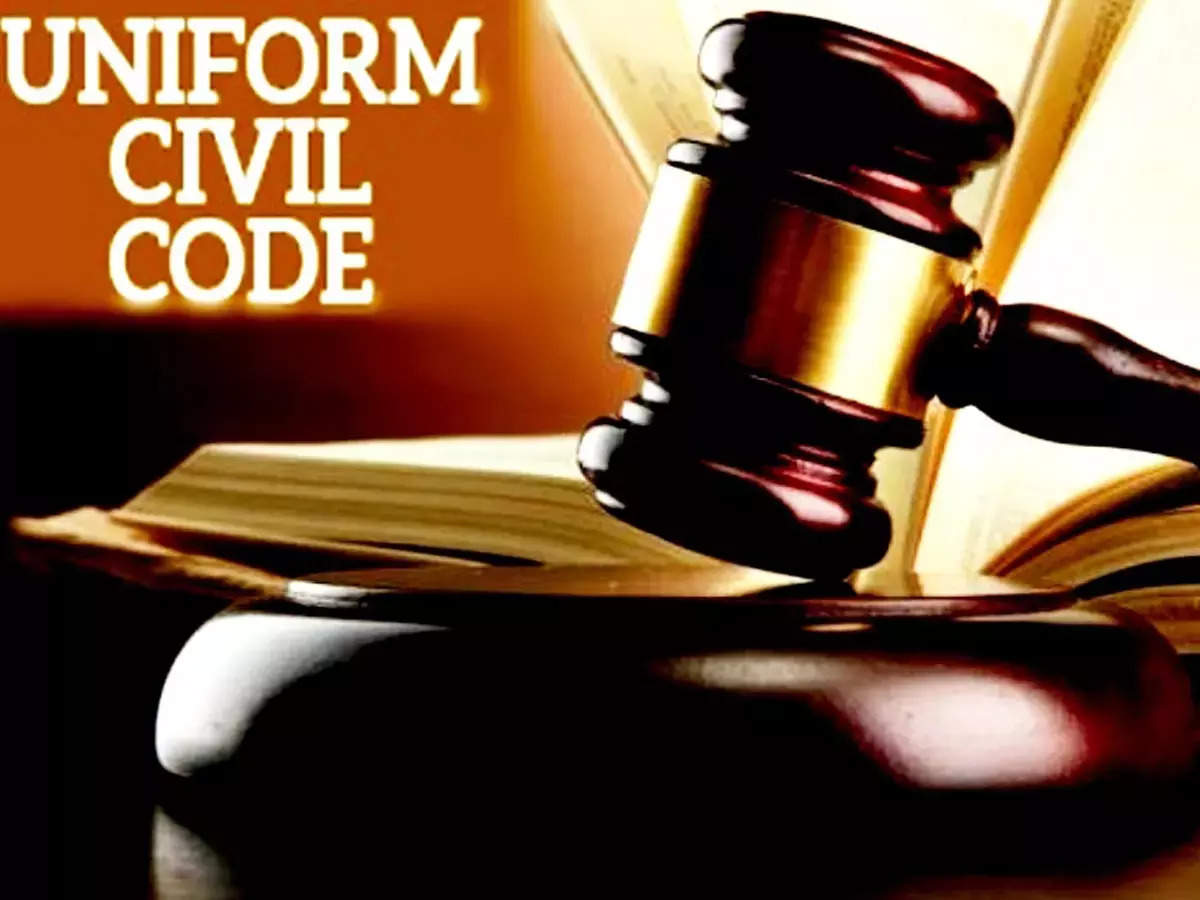Uniform Versus Optional Civil Code
This article was first published in the print edition of Manushi Journal. (Issue-89, Jul-Aug 1995)
The recent Supreme Courtjudgement by Justice Kuldip Singh and Justice R. Sahai which strongly recommended to the Central Government that it enact a uniform civil code for all citizens irrespective of their religious faith, has received wide acclaim as an example of judicial activism. It is widely perceived as a laudable attempt to undo the harm done by the Muslim Women’s Protection Act of 1986, passed by the Rajiv Gandhi government following the Supreme Court judgement by Chief Justice Y.V. Chandrachud in the Shah Bano case. Even though the Supreme Court decisions in both these cases were ostensibly meant to protect
Muslim women against male tyranny and oppression, a close reading shows that the judges have let other considerations influence their concern for gender justice.
Justice Chandrachud and others had concluded the Shah Bano case judgement with the same kind of regret expressed by Justices Singh and Sahai that Article 44 of our Constitution (promising that the State shall endeavour to secure for the citizens a uniform civil code throughout the country) has remained a dead letter. They noted: “A common civil code will help the cause of national integration by removing disparate loyalties to laws which have conflicting ideologies.”…






